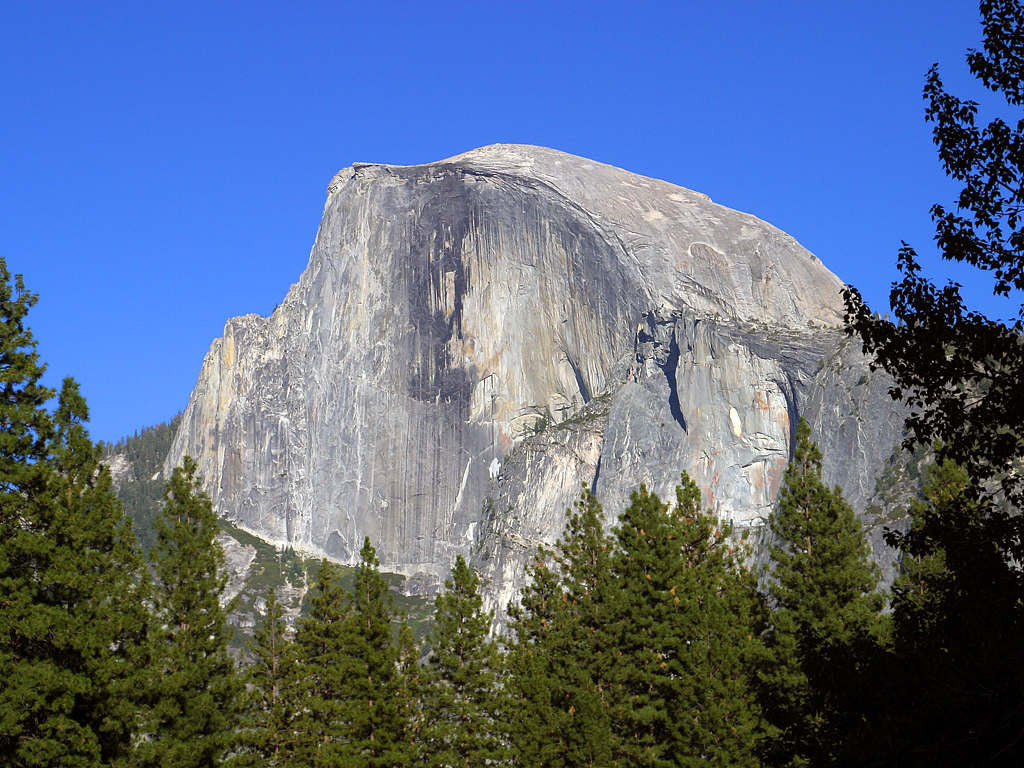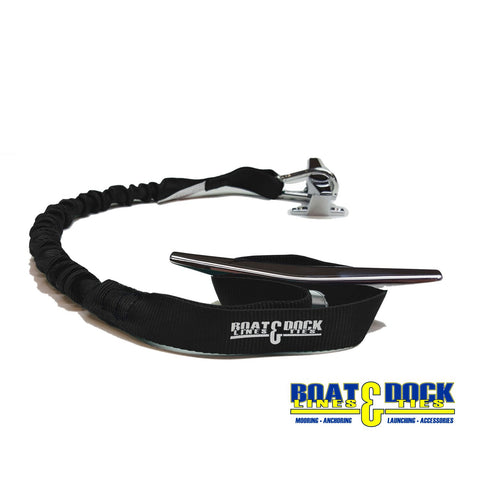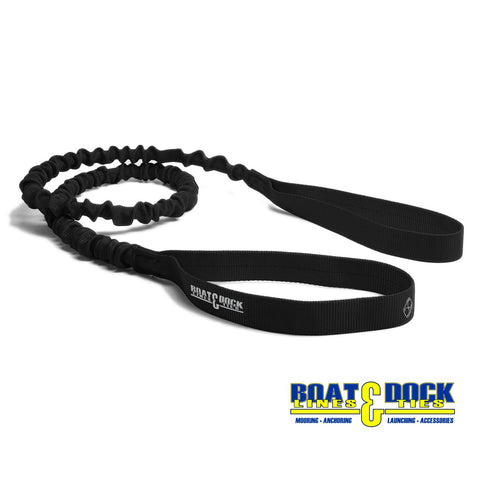By Janelle Smith, Recreation.gov
Find activities which suit your family, are age-appropriate and allow for discovery and learning. (Pam Rotberg, Share the Experience)
Ask anyone about their most vivid childhood memories and if they went camping with their families, it’s those memories that often rise to the surface. Do you like the idea of camping but find it too daunting after putting in long work days, school activities, and all of the necessities of life? Here are some tips for camping with kids that just may get you on your way.
And keep in mind, that if you have a fourth grader, they are part of the Every Kid in a Park program; they receive an annual pass during their fourth grade year! This pass provides the student, and their families, free entrance to hundreds of parks, lands and waters across the country. Visit the Every Kid in a Park website for more details about the requirements and benefits of this program.
Choose a Destination and Reserve a Campsite
Camping on Navajo Lake in Dixie National Forest. (Chase Weaver/Share the Experience)
- Area Features: Look for destinations by lakes for swimming, skipping rocks, boating; streams for fishing, wading, exploring; hot springs for soaking; and/or trails for hiking and biking.
- Just in Case: Look for a campground reasonably close to home or a town to purchase those forgotten and critical camping supplies. Or you may just want to experience the local cuisine.
- Campground Amenities: If you are fairly new to camping, pick a campground with plenty of amenities like potable (drinkable) water, flush toilets, tent pad, fire pit, grill, picnic table, food boxes and campground hosts who can often sell firewood and be a great source of information. Also, guided ranger programs and activities are always a great way to learn about the area. When booking your campsite on Recreation.gov, pay attention to the site descriptions for more details.
- First-Come, First-Served Site: If you decide to camp at a site that does not take reservations, call the local site managers and ask how quickly they fill up. Your best bet may be to arrive on a Thursday or Friday morning for a better chance of finding an available site.
- Know Before You Go: Check local fire restrictions, weather conditions, closures, fire activity and other area conditions prior to embarking on your trip. Also, be aware of critters in the area. Some campgrounds require you to use animal-proof food boxes, which are often provided, and are there for your and for the animals’ safety.
Prepare and Pack
Create checklists to ensure you have just about everything you will need when you arrive at your campsite. (Recreation.gov)
- Practice Camping: Set up your tent in the backyard, layout the sleeping pads and bags, fire up your flashlights and headlamps and get a feel for the tent camping experience. Glow sticks are also a fun way for kids to see at night, and for you to see them. This might help your kids get excited and know better what to expect. Also, see our Five Ways to Prep for Camping article for more tips.
- Make Checklists: Create and print checklists for each family member. This allows everyone to be involved and pack their own clothing, sleeping bag and pad, gear, toys, books, headlamps and other necessities. It’s a good idea to double check the kids' camping gear bags so that crucial items are not forgotten. Consider these items for your checklists: food, cooking and eating supplies, tent and tarps, first aid kit, flashlights (extra batteries) and lantern, firewood, extra water, tools, boredom-busting games and activities, and of course, duct tape.
- Prepare Meals and Snacks: Plan meals and prepare as much as you can in advance. Along with healthy options, special snacks will be appreciated by the entire family – including tasty treats your kids may not normally get at home. Oh, and don’t forget the s’mores fixin’s!
Make it Special and Find Teachable Moments
Finding the joy in the little things. (Jason Pohlmeier/Share the Experience)
- Set up Camp: It’s like playing house! Get everyone involved with establishing areas for cooking, cleaning, tents, garbage, etc. Assign chores, and then commence to having fun!
- Establish Boundaries for Discovery: The younger the kids, the smaller the area they will have to wander from camp and discover their environment. As they get older, decide your comfort level for allowing them to explore their surroundings. Kids should wear a whistle and signals should be established if they get lost—three blows indicates a child is lost and one signals an adult is on their way.
- Go with the Flow: Plan to have a variety of kid-friendly camping activities on hand and in mind, but allow for plenty of unstructured play and discovery – let the kids get dirty! Streams, lakes and portable showers are great for rinsing off.
- Capture the moments: Take plenty of photos of your family’s camping experiences. The memories you create can then be shared with friends and family, and are great submissions in the Share the Experience photo contest.
- Science in Nature: Be your own ranger and guide kids to various areas and observe as they discover science all around them—a caterpillar in a cocoon, leaves changing color, interesting rock formations, the physics of skipping rocks across the water and the list goes on.
- Tell Stories: There’s nothing better than sharing stories around the campfire. This is essentially your family’s oral history and your camping experience will add to the collective memories of your lives together.




mpfprdphnj
Muchas gracias. ?Como puedo iniciar sesion?